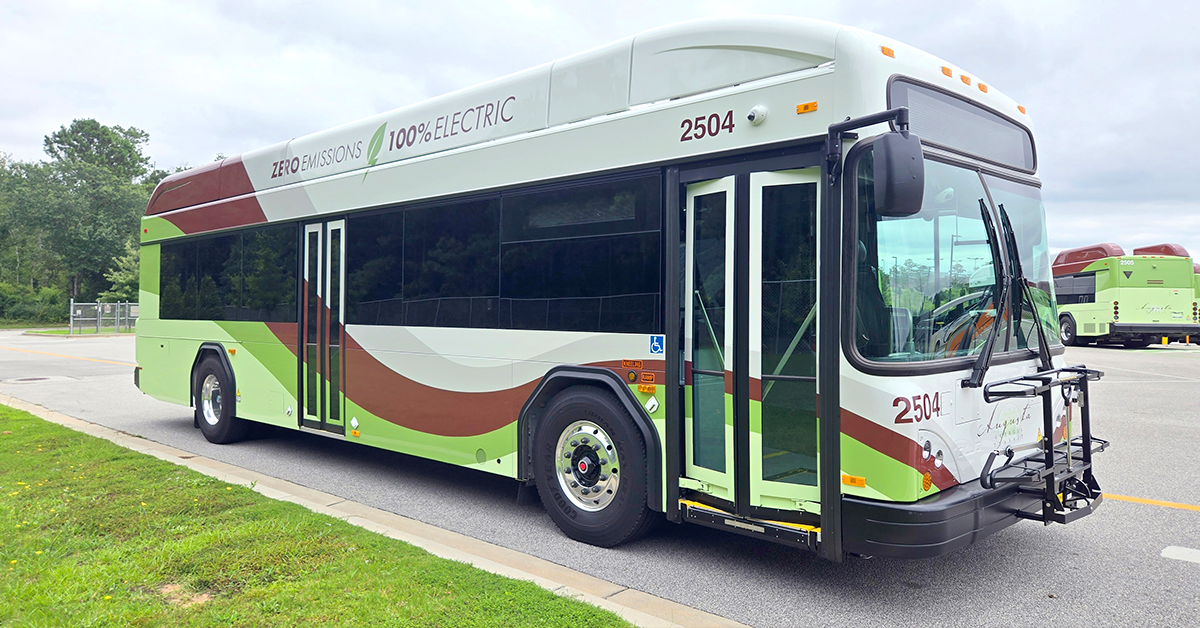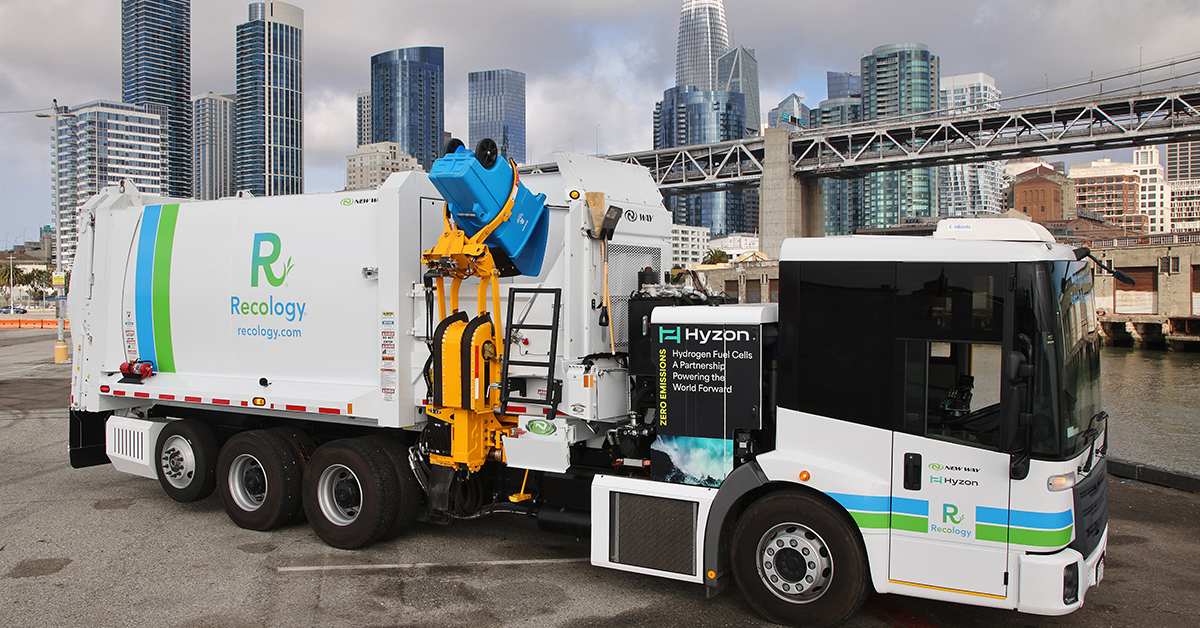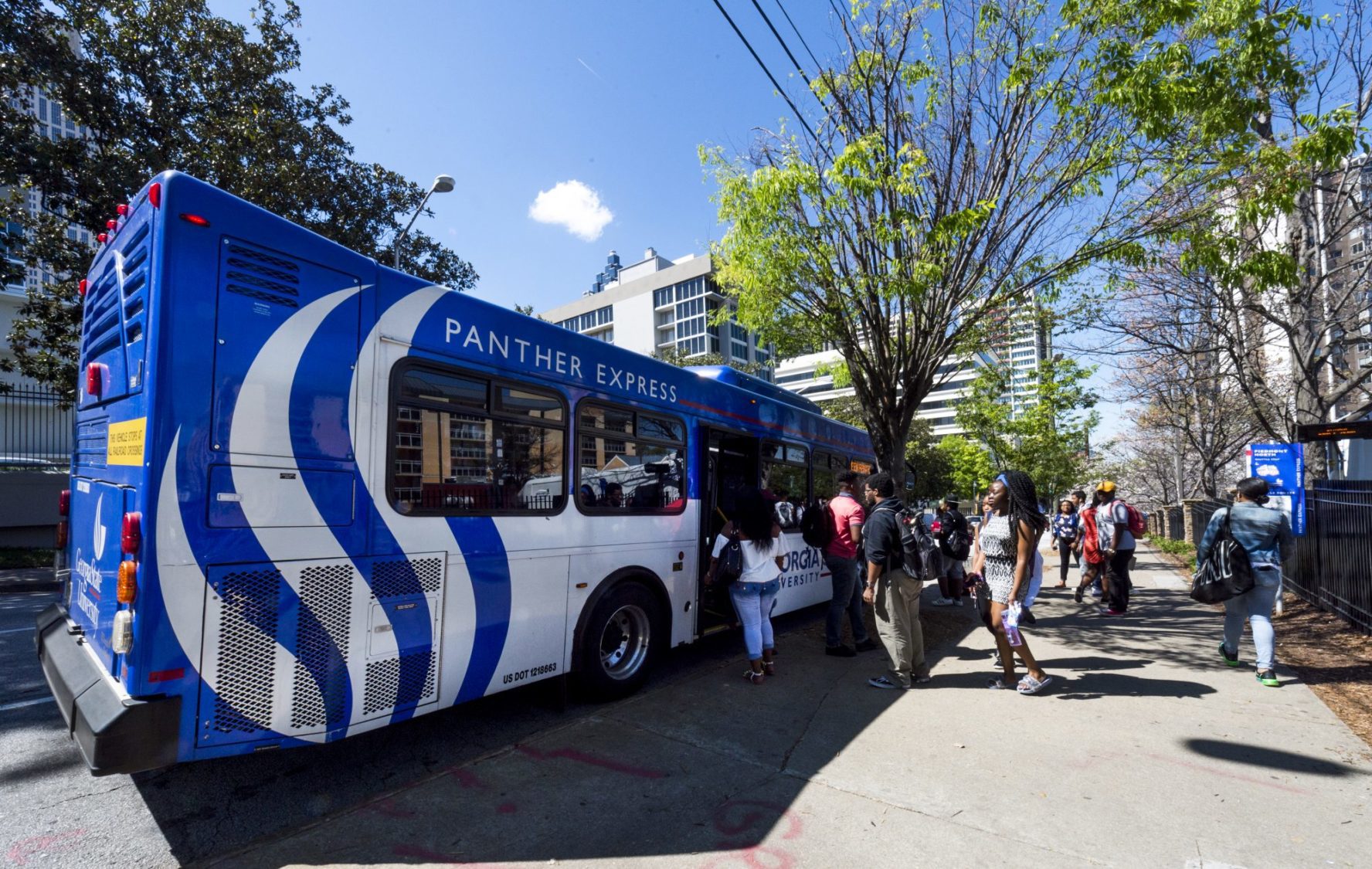CTE Joined by New Flyer, AC Transit, OCTA, Ballard, and Linde to Deploy 20 Zero-Emission Fuel Cell Electric Buses

Joint Effort of Major Bus Manufacturer and Transit Agencies Sets Hydrogen Fuel Cell Electric Buses on Path to Commercialization
Feb 2017 -CTE is proud to announce that it is in the beginning stages of implementing the Fuel Cell Electric Bus Commercialization Consortium (FCEBCC), a large-scale project that will result in the deployment of 20 zero-emission hydrogen fuel cell electric buses at two transit agencies in California. The project is sponsored by a $22.3 million grant from the California Air Resources Board (CARB) through California Climate Investments, a statewide program that puts billions of cap-and-trade dollars to work reducing greenhouse gas emissions, strengthening the economy and improving public health and the environment - particularly in disadvantaged communities. Additionally, both the Bay Area Air Quality Management District (BAAQMD) and the South Coast Air Quality Management District are providing $1 million grants.
New Flyer, the largest bus manufacturer and leader in zero-emission buses in the United States, will produce the buses in conjunction with Ballard Power Systems as the fuel cell power plant provider. Two of the largest transit agencies in California-Alameda Contra-Costa Transit District (AC Transit) and the Orange County Transportation Authority (OCTA) - will each deploy ten buses. The buses are to be supported by advanced fueling infrastructure provided by The Linde Group.
The project will build zero-emission buses that are able to replace conventional internal combustion engine buses one for one. Fuel cell electric buses match conventional buses in range, speed of fueling, and flexible deployment on almost every route, including steep hills and freeways, while providing quiet, vibration-free, and fuel efficient service with nearly double the fuel economy. The project will also deploy a proven high-speed fuel delivery system to refill the buses as quickly as diesel and CNG buses. The project aims to have the buses delivered and in service for everyday use by December of 2018.
Dan Raudebaugh, Executive Director of CTE, comments, "Two of the largest obstacles in commercializing and advancing fuel cell electric buses as an industry standard lie in keeping the unit cost of the buses low and having more transit agencies deploy these vehicles in revenue passenger service. By engaging a collaboration between a strong team of private and public partners the Fuel Cell Electric Bus Commercialization Consortium addresses these difficulties head on, and we're thrilled to be working together to offer fuel cell buses as an option in public transit to continue to combat climate change. CARB and the local air Districts have provided the necessary leadership and financial incentives to encourage private industry and the public sector to work together in support of making zero-emission transit an industry standard."
This Fuel Cell Electric Bus Commercialization Consortium is part of California Climate Investments. Besides working to reduce greenhouse gas emissions, strengthen the economy and improve public health and the environment, the cap-and-trade program also creates a financial incentive for industries to invest in clean technologies and develop innovative ways to reduce pollution. California Climate Investments projects include affordable housing, renewable energy, public transportation, zero-emission vehicles, environmental restoration, more sustainable agriculture, recycling and much more. At least 35 percent of these investments are made in disadvantaged and low-income communities. For more information, visit link https://arb.ca.gov/caclimateinvestments.
ABOUT -
Center for Transportation and the Environment (www.cte.tv) CTE is a nonprofit, 501(c)3 organization that develops technologies and implements solutions to achieve energy and environmental sustainability. Founded in 1993 as the Southern Coalition for Advanced Transportation, CTE was one of the original regional consortia organizations formed under the Defense Advanced Research Projects Agency (DARPA) Electric and Hybrid Electric Vehicle Program. Since 1993, CTE has managed a portfolio of more than $400 million in federal, state, and local cost-shared research, development, and demonstration projects involving more than 100 organizations in the advanced transportation technology field. CTE has facilitated and leveraged funding for its projects and initiatives from the U.S., DOD, DOE, DOI, DOT, as well as from the U.S. Army and NASA, among many others. CTE maintains offices in Atlanta, GA; Berkeley, CA; Los Angeles, CA; and St. Paul, MN.
AC Transit (www.actransit.org/environment) AC Transit is the third largest transit agency in California, serving more than an 180,000 daily passenger trips with 151 bus lines throughout the 364-square-mile service area. AC Transit assumed a century of public transit from its predecessor the Key System. Since AC Transit's inception in 1960, we have consistently provided safe, convenient, courteous and reliable service in 13 cities and adjacent unincorporated areas in Alameda and Contra Costa counties as well as carrying almost 13,500 daily riders across the bay to San Francisco. AC Transit is also a trailblazer in both the deployment and proactive use of zero emission buses for daily revenue service.
OCTA (www.octa.net) Since its formation in 1991, the Orange County Transportation Authority (OCTA) has kept residents and commuters moving throughout the 34 cities and unincorporated areas of Orange County. OCTA's responsibilities, programs and services impact every aspect of transportation within the state's third largest county. OCTA keeps people moving by reducing freeway congestion, improving safety and efficiency on our local roads, providing bus service and regional multimodal connections, helping people find ways to leave their cars home, and providing safe, convenient transportation to those with special needs.
New Flyer (www.newflyer.com) New Flyer was founded in 1930 as Western Auto and Truck Body Limited and is now the largest transit bus and motor coach manufacturer and parts distributor in North America with fabrication, manufacturing, distribution and service centers in Canada and the United States. It is North America's heavy-duty transit bus leader and offers the broadest transit bus product line, incorporating the broadest range of drive systems available, including: clean diesel, natural gas, diesel-electric hybrid, electric-trolley and battery-electric. New Flyer is also North America's leader in motor coaches and operates North America's most sophisticated aftermarket parts organization providing support for all types of transit buses and motor coaches.
Ballard Power Systems (Nasdaq: BLDP; TSX: BLDP; www.ballard.com) Ballard Power Systems is headquartered in Burnaby, British Columbia, Canada, where the company operates a high-volume proton exchange membrane (PEM) fuel cell manufacturing facility, as well as a fully equipped R &D engineering and test facility. Ballard also has offices and operation centers in Europe, the United States, and China. Ballard has over 475 employees including a large number of PhD's, engineers, and scientists focused on developing fuel cell products and providing engineering services to key customers and markets. To date, Ballard has designed and shipped more than 320 MW's of PEM fuel cell products worldwide.
Linde (www.linde.com) In the 2015 financial year, The Linde Group generated revenue of USD 19.7 bn ( EUR 17.944 bn), making it one of the leading gases and engineering companies in the world, with approximately 65,000 employees working in more than 100 countries worldwide. The strategy of The Linde Group is geared towards long-term profitable growth and focuses on the expansion of its international business with forward-looking products and services. Linde acts responsibly towards its shareholders, business partners, employees, society and the environment in every one of its business areas, regions and locations across the globe. The company is committed to technologies and products that unite the goals of customer value and sustainable development. For more information, see The Linde Group online at www.linde.com
California Air Resources Board (www.arb.ca.gov) CARB's mission is to promote and protect public health, welfare, and ecological resources through effective reduction of air pollutants while recognizing and considering effects on the economy. The CARB oversees all air pollution control efforts in California to attain and maintain health-based air quality standards.
Bay Area Air Quality Management District (www.baaqmd.gov) The Bay Area Air District was the first regional air pollution control agency in the nation, and is the government agency charged with protecting the region's more than seven million residents from the harmful effects of air pollution. The Air District's jurisdiction includes Alameda, Contra Costa, Marin, San Francisco, San Mateo, Napa, and Santa Clara counties, and portions of Sonoma and Solano counties Since 2010, the Bay Area Air District's Board has allocated more than $100 million in funding to support the accelerated adoption of zero- and near-zero-emission vehicles and supporting infrastructure in the Bay area, including a project that funded eight of the 13 hydrogen fuel cell electric buses currently in AC Transit's fleet.
South Coast Air Quality Management District (www.aqmd.gov) The South Coast Air Quality Management District is the air pollution control agency for Orange County and major portions of Los Angeles, San Bernardino and Riverside counties. It is committed to undertaking all necessary steps to protect public health from air pollution, with sensitivity to the impacts of its actions on the community and businesses. This is accomplished through a comprehensive program of planning, regulation, compliance assistance, enforcement, monitoring, technology advancement, and public education.





